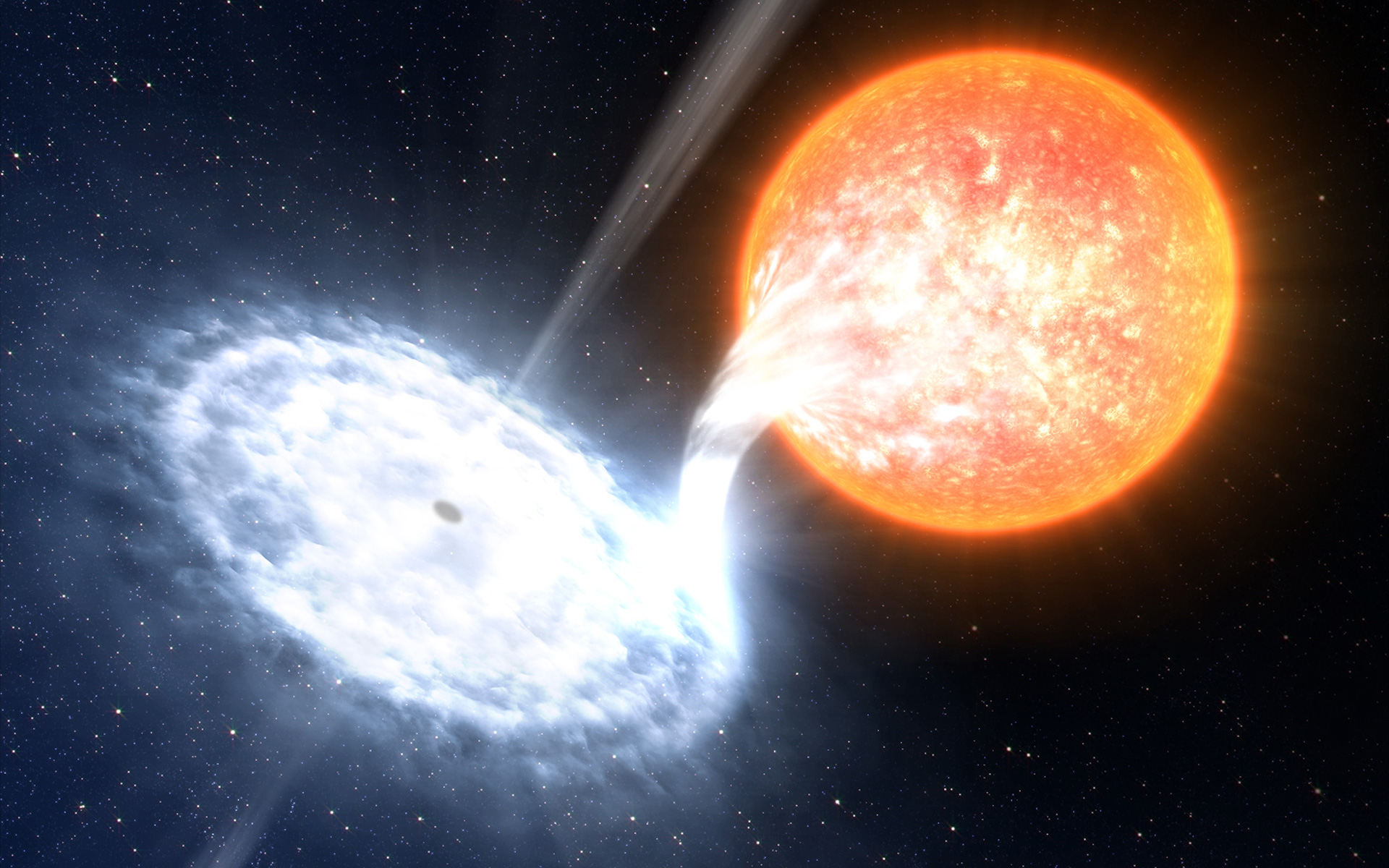Table of Contents

Yina is a startup founder and astrophysics enthusiast that enjoys blogging about space in her spare time.
She can be found at online at her website.
What are Brown Dwarfs?
Too large to be planets and too small to be stars, brown dwarfs are the Goldilocks of objects that fall somewhere in the middle – within the range of 13 to 80 Jupiter masses (MJ).
Borne from a contracting mass of gas and dust, these “failed stars” do not form into an object dense enough to sustain the nuclear fusion of hydrogen to helium to be a real star, hence their classification as “sub-star.”

These two images provide some perspective on the size and ratio celestial bodies for classification. As you can see, planetary objects are smallest in size in comparison to Jupiter’s mass and a fully formed star requires a mass of over 80x the size of Jupiter.
Stars vs Planet
Stars from from interstellar gas, that have coalesced into a tight ball of matter – generating both mass and heat.
As the gas continues to take shape, the core temperature becomes so hot that elements like hydrogen and helium gas begin to fuse — which releases an enormous amount of energy that causes the star to begin emitting its own light.
Planetary objects on the other hand, are created from the remaining dust particles following star formation. As these particles collide and stick together, their gravitational mass increases — drawing other particles closer to it.
However, a planet’s mass and gravitational pull comes nowhere near the same as a star. Because of this, it is unable to build up enough mass and temperature to begin nuclear fusion and release energy. This means a planet is unable to produce its own light — whether visible or not.

Light & Atmosphere
Because they lack the mass needed to kick off fusion in their core, brown dwarfs do not have their own internal energy source to emit their own light at wavelengths visible to the naked eye.
Without this heat source at their cores, brown dwarfs cannot maintain a stable temperature, and thus gradually cool over time as they radiate their heat into the void.
While light emitted from brown dwarfs is invisible to the naked eye, brown dwarfs do emit low infrared light however! As a result, these substellar objects are hidden in images taken in the visible spectrum, requiring infrared telescopes like WISE (Widefield Infrared Survey Explorer).
Which detects the heat glow from these faint objects in the infrared on the light wavelength scale. Due to the low light emission of these planetary objects, they need to be within range of 100 light years for WISE to even detect the heat signature.

Similar to planets, brown dwarfs cannot burn hydrogen to generate heat. What they use instead, is gravity. Initially generated by gravitational contraction, the internal heating is enough to ignite and sustain fusion of lithium with hydrogen, but not the fusion of hydrogen itself. Because of this internal heating, brown dwarfs can have atmospheres and even auroras!

Why are These Failed Stars Important?
The discovery of objects like brown dwarfs provide a glimpse into the invisible threads of the universe. It’s known that only 5% percent of the universe is composed of visible matter. The remaining 95%, we theorize, is made up of dark matter and dark energy.
Dark matter is the term astronomers use to describe material in the universe that does not emit or reflect light and is, therefore, invisible. Stars, nebulae, and galaxies are examples of luminous objects in the sky.
The motion of the stars, galaxies, and expansion of the universe itself are all influenced by material scientists have yet to understand. Much of this invisible dark matter, which astronomers call “missing mass”, could be made up of brown dwarfs.
“When we first studied the brown dwarf spectra, they were peculiar like no star we had ever seen before. The reason we saw missing light in the spectra of the coolest brown dwarfs is the presence of methane in the atmosphere, which we also see in the outer gas giants of the solar system: Jupiter, Saturn, Uranus, Neptune.”
“We also see evidence of water in the form of superheated steam, which we don’t see in any normal star like the sun. The sun is much too hot to have water molecules.
Methane and water sculpt the infrared spectrum in a very distinctive way. The spectra of brown dwarfs show a gradual change from that of a star to that of Jupiter.”
“Brown dwarfs are the missing link between gas giant planets like Jupiter and small stars like red dwarfs.”
If large numbers of brown dwarfs exist, they “could make a small, but significant contribution to dark matter,” the so-called “missing mass” in the universe.” — UCLA Astronomy Professor Ian S. McLean
Image Sources
- Cover Image: http://www.eso.org/public/images/eso0611a/ licensed under the Creative Commons Attribution 4.0 International license.
- Brown Dwarf: https://www.jpl.nasa.gov/news/news.php?feature=4676
- Brown Dwarf Size Comparison: https://www.eso.org/public/blog/brown-dwarf-formation/
- Brown Dwarf Jupiter Mass: https://earthsky.org/space/definition-what-are-brown-dwarfs
- Wise Telescope: https://en.wikipedia.org/wiki/Wide-field_Infrared_Survey_Explorer





